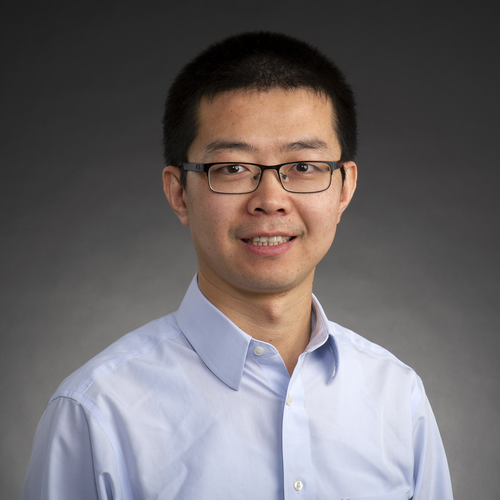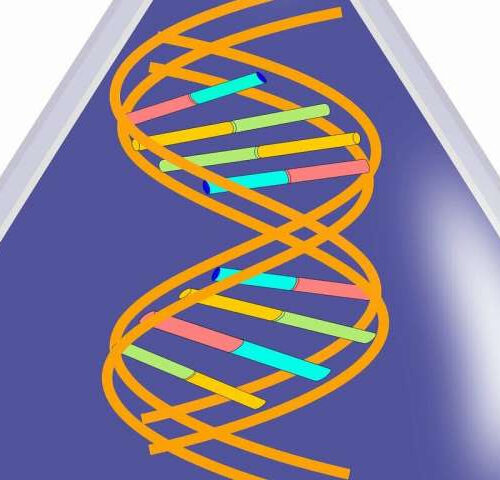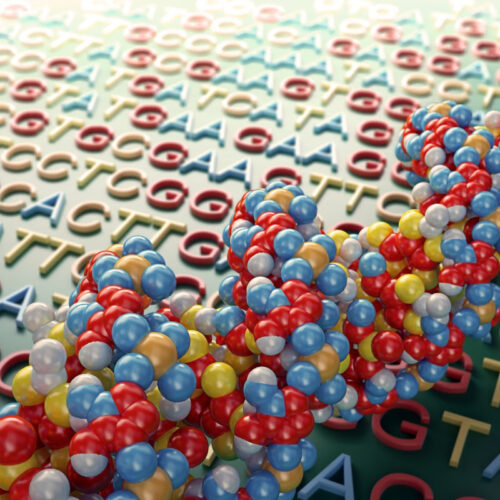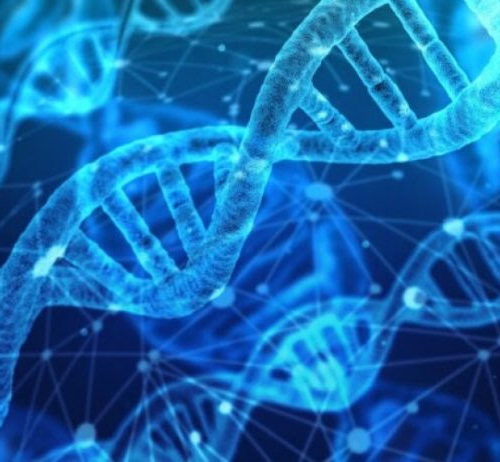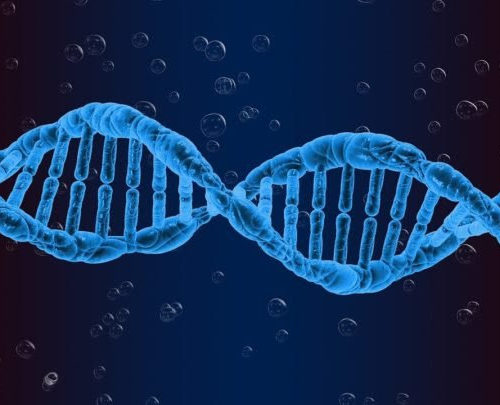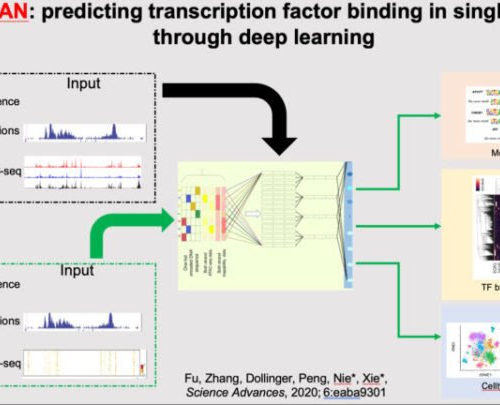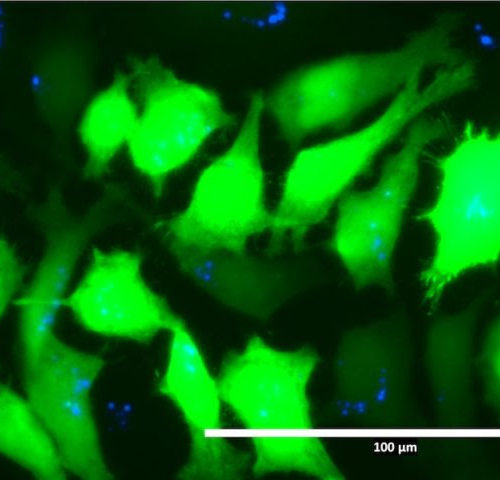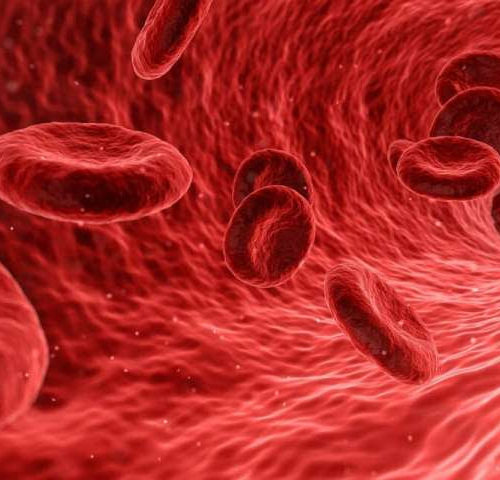by Amanda Dyslin Credit: Unsplash/CC0 Public Domain Q: I’ve heard some theories circulating about the COVID-19 vaccine, including that it was developed to control the general population through microchip tracking or “nanotransducers” in our brains. I’ve also heard that it will alter my DNA. Are these theories true? A: No, those assertions are false. “There...
Tag: <span>DNA</span>
Research provides evidence for how a key transcription factor manages access to DNA
ST. JUDE CHILDREN’S RESEARCH HOSPITAL IMAGE: CHUNLIANG LI, PH.D., ST. JUDE DEPARTMENT OF TUMOR CELL BIOLOGY CREDIT: ST. JUDE CHILDREN’S RESEARCH HOSPITAL CTCF is a transcription factor that has been a research target due to its role in regulating a critical oncogene called MYC. Scientists at St. Jude Children’s Research Hospital have found direct evidence that CTCF governs chromatin accessibility, the process of opening...
New discovery shows human cells can write RNA sequences into DNA
by Thomas Jefferson University Credit: CC0 Public Domain Cells contain machinery that duplicates DNA into a new set that goes into a newly formed cell. That same class of machines, called polymerases, also build RNA messages, which are like notes copied from the central DNA repository of recipes, so they can be read more efficiently into...
Harvard gene-editing tool “sneaks” DNA into cells without making cuts
By Michael Irving May 03, 2021 A new genetic engineering tool called Retron Library Recombineering (RLR) could be a cleaner alternative to CRISPR CRISPR-Cas9 is a revolutionary gene-editing tool, but it’s not without its downsides. Now, scientists at Harvard have demonstrated an alternative genetic engineering system called Retron Library Recombineering (RLR), which works without cutting DNA...
Beyond changing DNA itself, mutagens also cause errors in gene transcription
Exposure to mutagens, or mutation-causing agents, can not only bring about changes in DNA but also appear to induce errors when genes are transcribed to make proteins, which may be an important factor in age-related diseases. USC Leonard Davis School of Gerontology Assistant Professor Marc Vermulst and colleagues made the discovery by using state-of-the-art circle sequencing techniques...
Proteins unspool DNA so cells can take on unique properties
Biologists have long wondered how complex organisms contain a variety of dramatically different types of cells with specialized functions, even though all of those cells are genetically identical. New research reveals how proteins, called “pioneer transcription factors,” help turn on key genes that give cell types their unique properties and functions. These pioneer factors, it turns out,...
Researchers use deep learning to identify gene regulation at single-cell level
Scientists at the University of California, Irvine have developed a new deep-learning framework that predicts gene regulation at the single-cell level. Deep learning, a family of machine-learning methods based on artificial neural networks, has revolutionized applications such as image interpretation, natural language processing and autonomous driving. In a study published recently in Science Advances, UCI researchers describe how...
New way to deliver DNA-based therapies for diseases
University of Minnesota Twin Cities researchers in the Department of Chemistry have created a new polymer to deliver DNA and RNA-based therapies for diseases. For the first time in the industry, the researchers were able to see exactly how polymers interact with human cells when delivering medicines into the body. This discovery opens the door for more widespread use...
Mapping out the mystery of blood stem cells
by University Health Network Credit: CC0 Public Domain Princess Margaret scientists have revealed how stem cells are able to generate new blood cells throughout our life by looking at vast, uncharted regions of our genetic material that hold important clues to subtle biological changes in these cells. The finding, obtained from studying normal blood, can be...
DNA damage caused by migrating light energy
KARLSRUHER INSTITUT FÜR TECHNOLOGIE (KIT) IMAGE: DNA IS EXPOSED TO UV RADIATION FROM LEDS TO STUDY HOW FAR THE PHOTOENERGY MIGRATES. CREDIT: (PHOTO: ARTHUR KUHLMANN, KIT) Ultraviolet light endangers the integrity of human genetic information and may cause skin cancer. For the first time, researchers of Karlsruhe Institute of Technology (KIT) have demonstrated that DNA...


